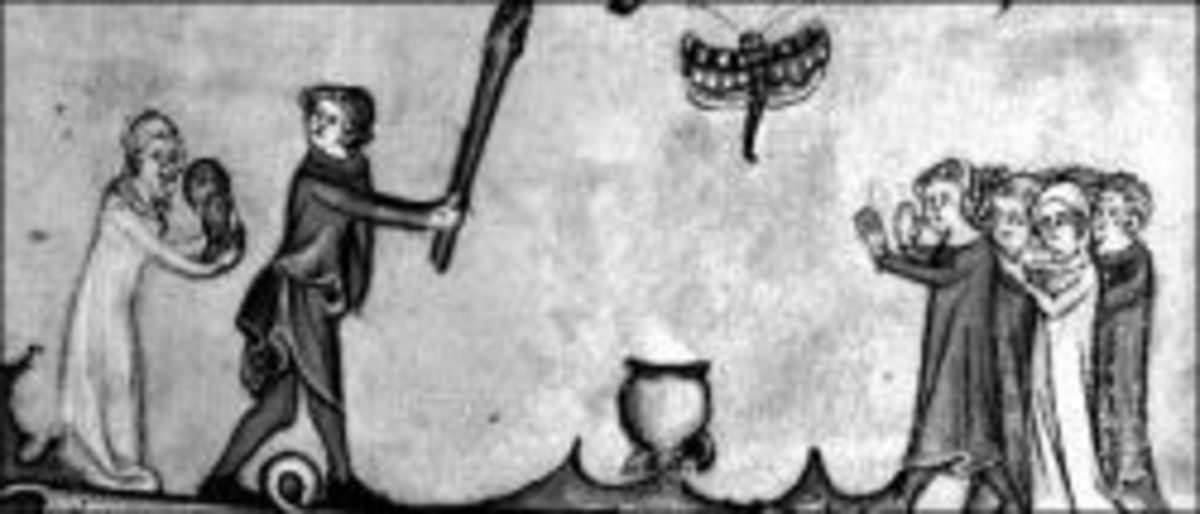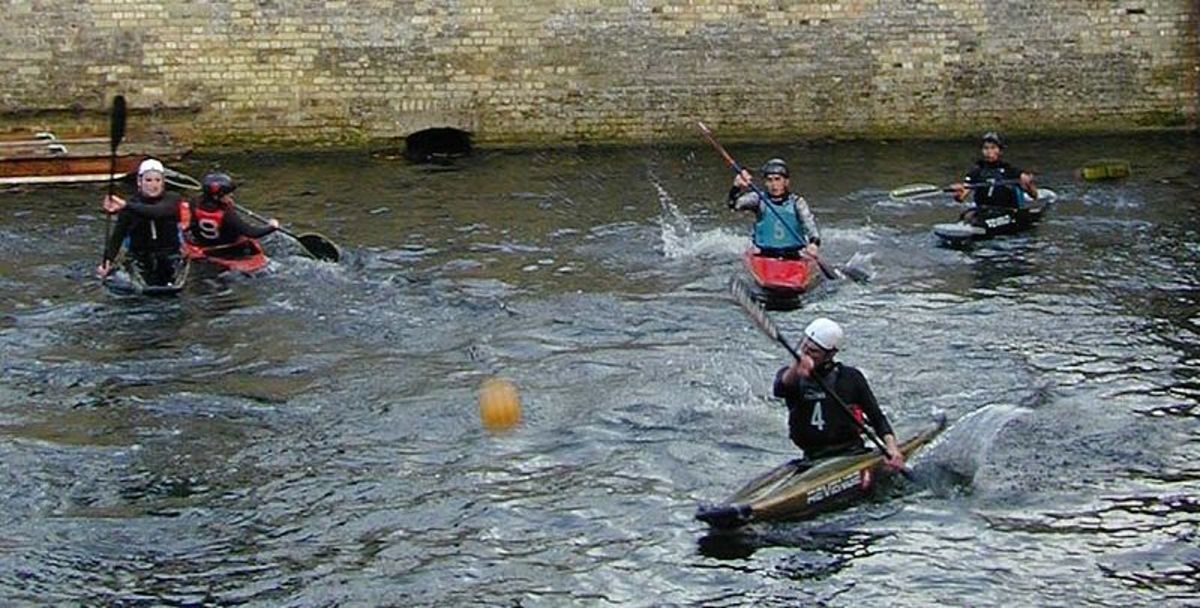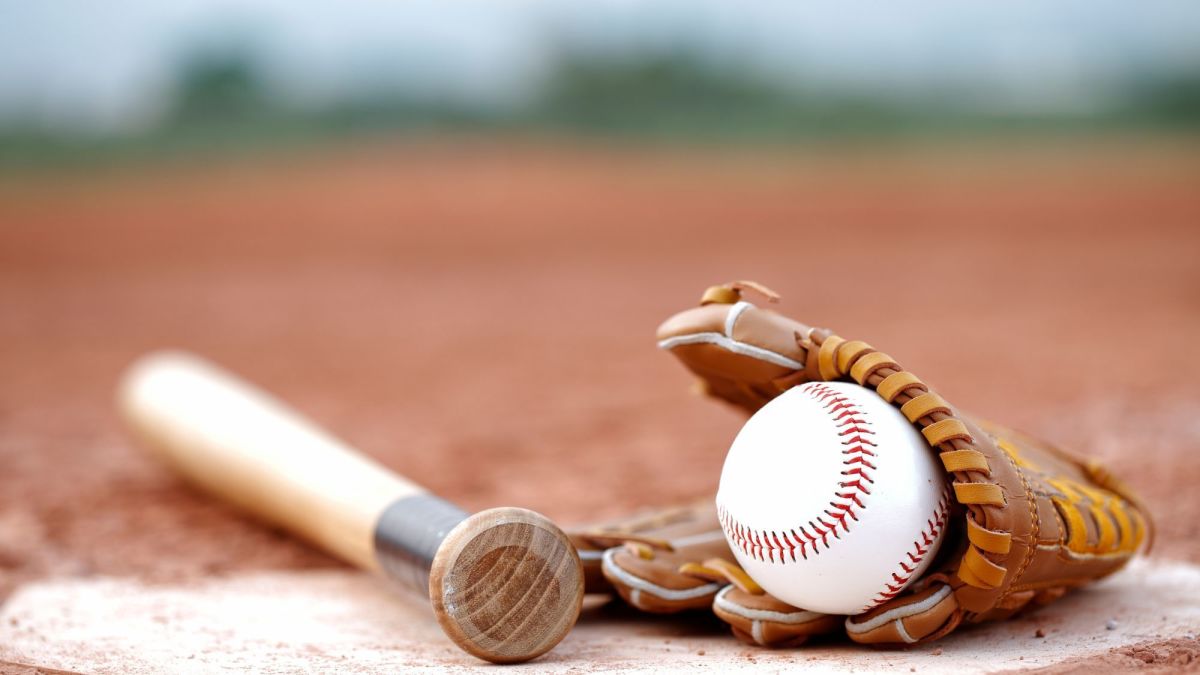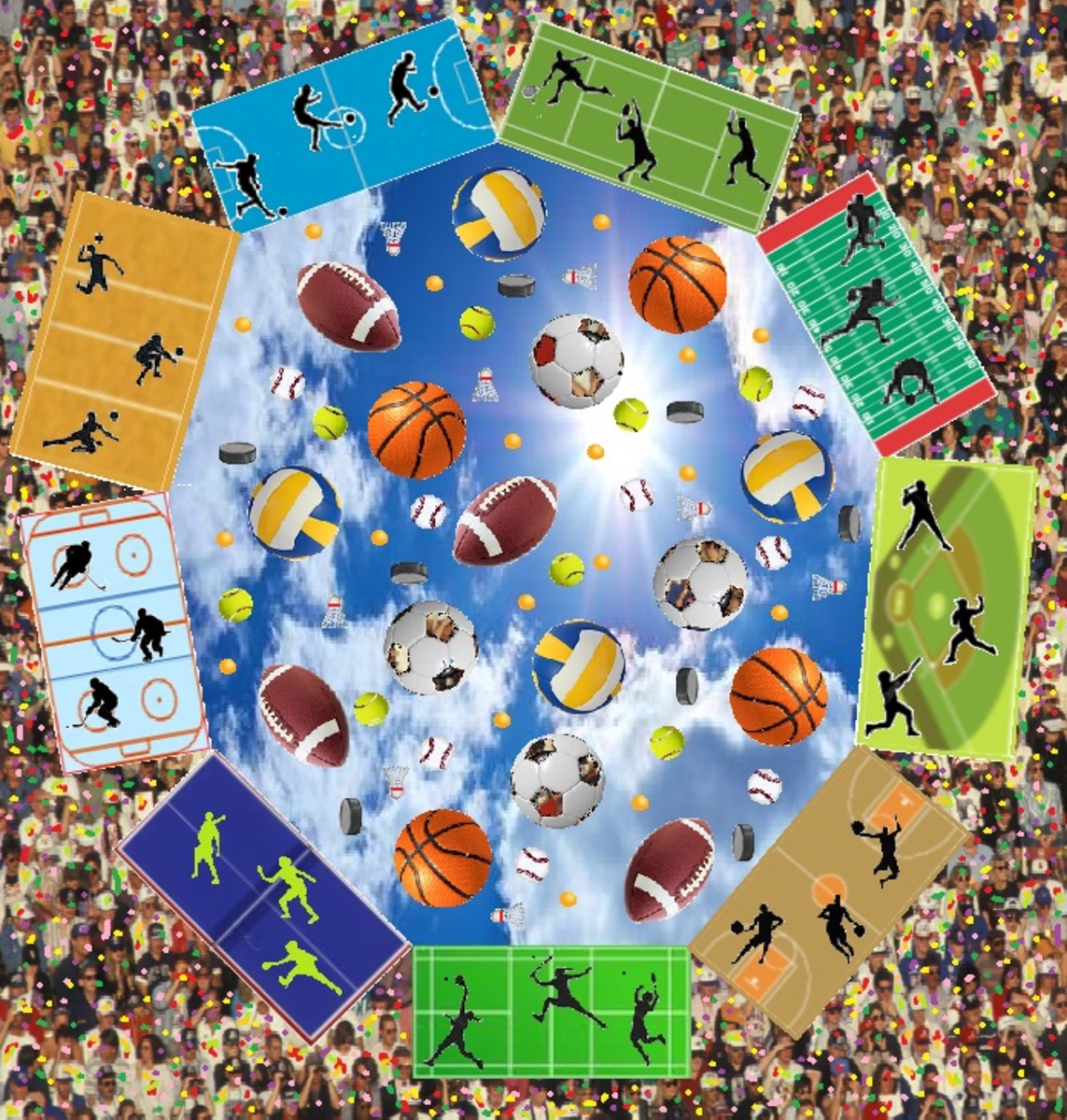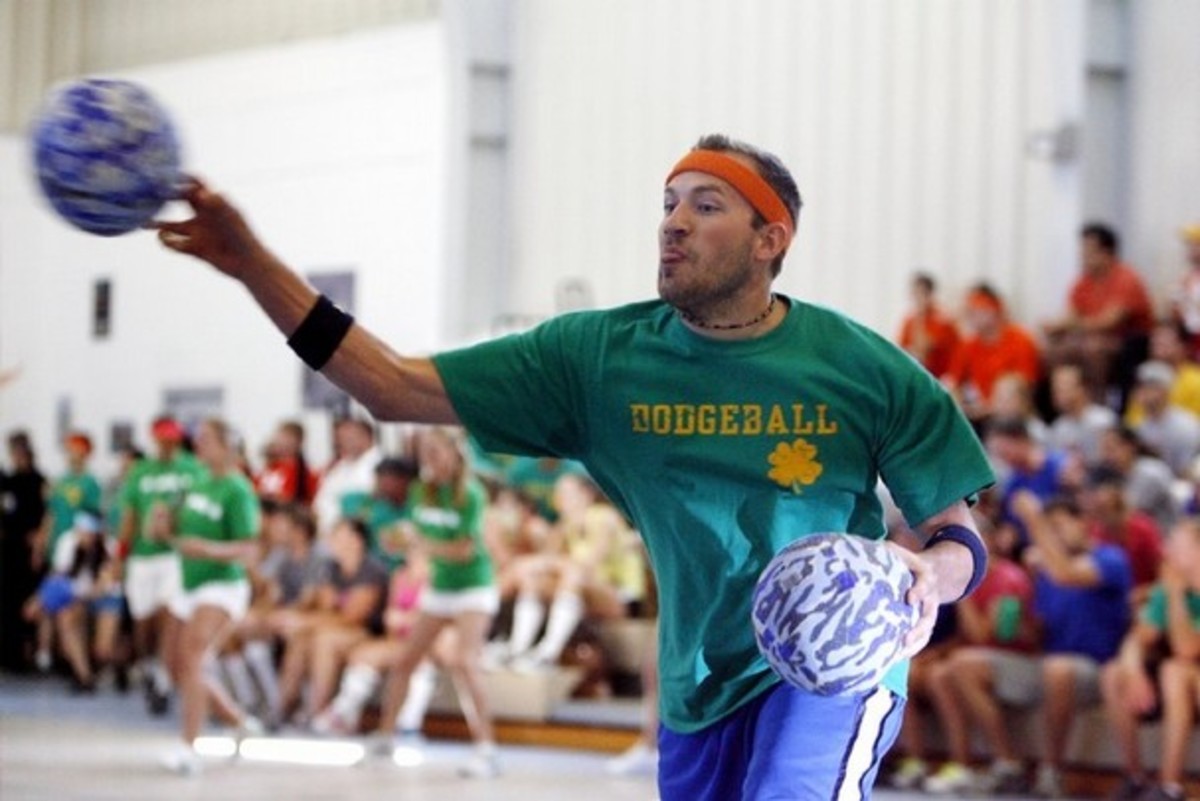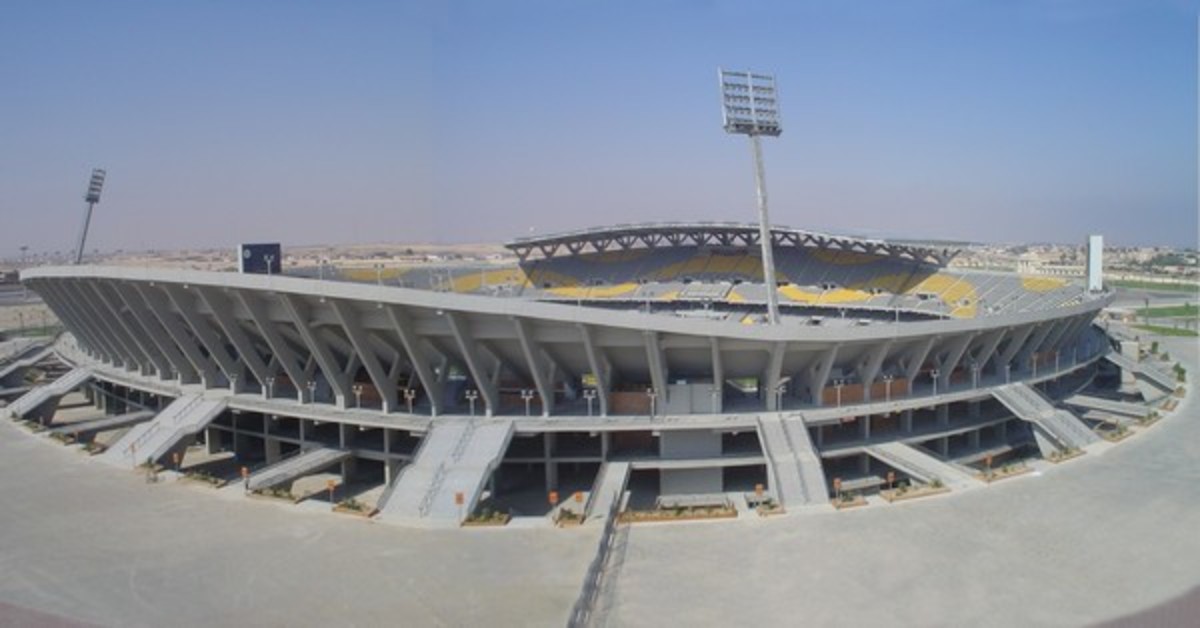Handball
Handball is a game played on a court, usually by two or four opposing players, in which a hollow ball is struck with the hand against one or more walls.
The ball is made of soft black rubber, weighs 2.3 ounces and measures 1 7/8 inches in diameter.
To protect the hands, players wear gloves, which are usually made of soft leather.
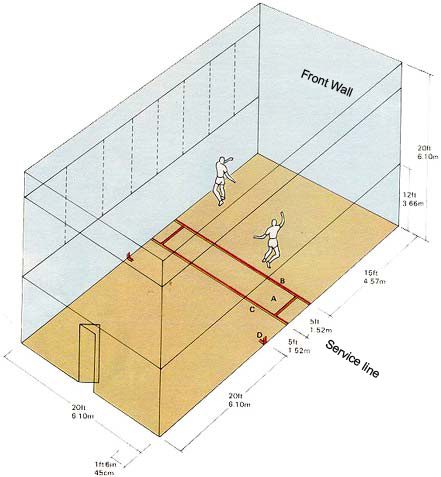
One-Wall Game
The regulation one-wall court is 34 feet long and 20 feet (6 meters) wide, with a 16-foot high wall at one end. Sidelines extend at right angles from the wall and are connected by a black line, which is parallel to the wall. A line drawn across the court 16 feet from the wall and parallel to it is called the short line. Service markers, 9 feet behind the short line and parallel to it, are drawn 6 inches in from each of the sidelines. The area between the short line and the markers is called the service zone.
The ball is served, or put in play, by a player from the service zone. Each player is given two chances to make a good service, which consists of dropping the ball to the ground and striking it on the first bounce so that it strikes the front wall and rebounds beyond the short line and within the sidelines and back line. If the served ball hits the short line or fails to pass it, it is called a short ball. If a served ball passes the back line before touching the ground, it is called a long ball. If a player hits two short balls, a long and a short ball, or two long balls in succession, he forfeits the serve.
In singles (two players), when a service is faulted, it passes to the opponent. In doubles (four players) , if the first service of the game is faulted , service passes to the other team. Thereafter, each man on both teams is allowed to serve. If one member faults, service passes to his partner. If both players fault, the opposing team serves. The server may not cross the short line or the sidelines but must remain inside the service zone. In doubles the server's partner must stand outside the sideline until the serve is made.
When a good service has been made, the ball may thereafter be hit on a fly or on the first bounce by the opponent. The short line is ignored until the next service. The two sides strike the ball alternately until one side fails to make a good return. Players may use either hand to hit the ball with an underhand , overhand, or sidearm stroke. Any shot beyond the reach of an opponent is called a placement, which is ideally the purpose of every shot. In the kill shot, one of the most effective of all placements, the ball strikes the wall so low that it is almost impossible to return. When the serving side faults, the service is lost, but no points are gained. When the receiving side faults, the serving side scores 1 point. The first side to score 21 points wins the game.
Four-Wall Game
The standard dimensions for the four-wall court are 20 feet (6 meters) wide and 40 feet. (12 meters) long. A front wall, 20 feet high, and a rear wall, 10 feet (3 meters) high, are connected by sidewalls. The four walls enclose the playing area, and the court may be covered with a ceiling. The short line runs across the middle of the floor. A parallel line, 5 feet (1.5 meters) in front of the short line, marks off the service zone. There is also a small rectangular area, called the service box, on each side of the service zone.
The server may hit the front wall only, or he may direct his serve so that when the ball rebounds off the front wall it strikes a sidewall. In either instance the ball must touch the floor behind the short line before bouncing off any of the other walls or the ceiling. All serves must be made from the service zone. In doubles the server's partner must stand in the service box until the serve is completed. In returning the ball, a player may strike it against any wall or walls, including the ceiling.
History of Handball
Handball originated in Ireland in the 10th or 11th century, and a variation of it, called fives, was popular in England in the 16th, 17th, and 18th centuries.
The sport was introduced into the United States during the 19th century by Irish immigrants. In 1883 an Irishman, Phil Casey, built the first handball court in America, in Brooklyn, N.Y. He helped popularize the sport and won the world championship in 1887 or 1888 by defeating John Lawlor, the Irish champion.
In about 1900 the game underwent several changes. Courts became smaller, a hollow rubber ball replaced the hard leather-covered ball that had been used, and the practice of kicking the ball was prohibited. Soon afterward one-wall handball was introduced. It became a popular American game after World War I.
This content is accurate and true to the best of the author’s knowledge and is not meant to substitute for formal and individualized advice from a qualified professional.
© 2011 Bits-n-Pieces

